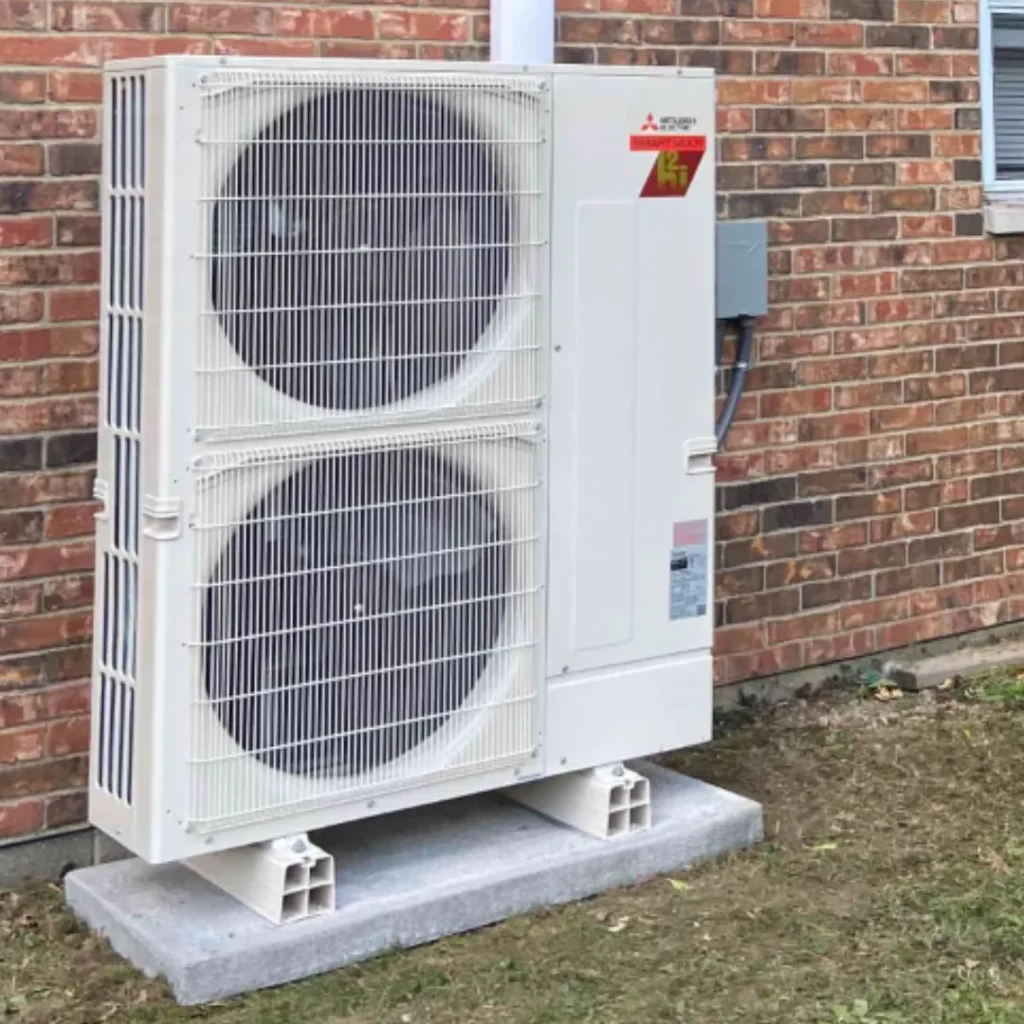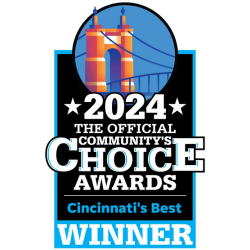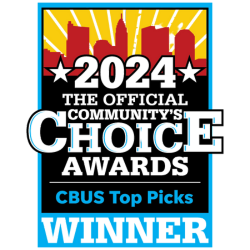Discover the fascinating history of Mitsubishi Electric Corporation, a global leader in the field of electrical and electronic equipment. From its humble beginnings in Japan to its transformation into a multinational conglomerate, this article takes you on a journey through time to understand the origins, growth, and success of Mitsubishi Electric Corporation.
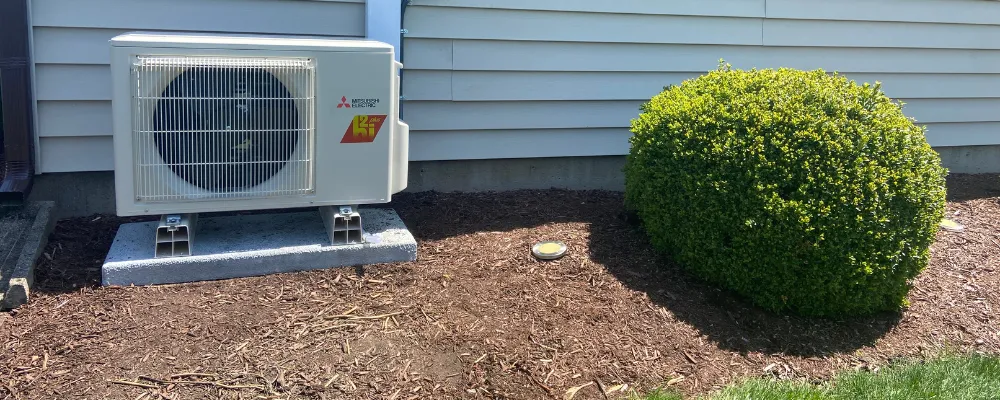
The Origins of Mitsubishi Electric Corporation
Mitsubishi Electric Corporation, a global air-conditioning and refrigeration manufacturer, has a long history dating back to its establishment in 1921.
In 1924, the Nagasaki Works commenced operations, followed by the Nakatsugawa Works in 1943. Subsequently, the Wakayama Works began producing specialized and packaged room air-conditioners, now known as the Air-Conditioning & Refrigeration Systems Works.
Later, Shizuoka Works was established and started the production of room air-conditioners and packaged air-conditioners, later leading to residential and commercial air conditioning.
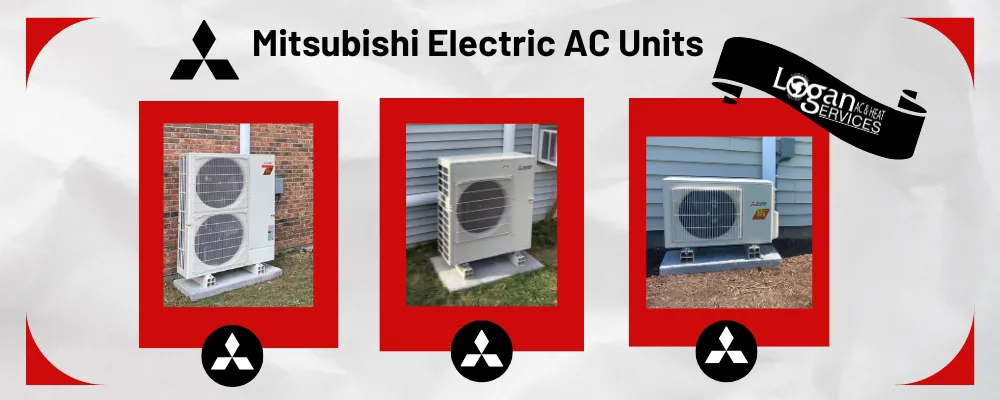
In 1984, the company launched the “City Multi” series of variable refrigerant flow (VRF) air-conditioning systems. This series focused on energy efficiency and temperature control for large commercial spaces.
By the 1990s, the company established manufacturing facilities and sales and marketing arms in various countries, including Thailand, China, the UK, and Australia. Mitsubishi Electric’s “City Multi R2” series of VRF systems, launched in 1991, showcased the world’s first and only 2-pipe heat recovery system.
Today, Mitsubishi continues to be a popular option for homeowners and commercial buildings across the globe.
Types of Mitsubishi AC Units for Homeowners
Mitsubishi Electric manufactures a variety of air conditioning systems, each designed to deliver optimal temperature comfort and efficiency. Here are some of the most popular residential AC types and terms from Mitsubishi:
Mitsubishi Single Zone Ductless Systems
Also known as Zone Ductless Systems, these air conditioning systems are ideal for controlling temperature in individual rooms. They comprise two key components: the outdoor and one indoor unit. The indoor unit distributes air directly into the room, hence eliminating the need for ducts.
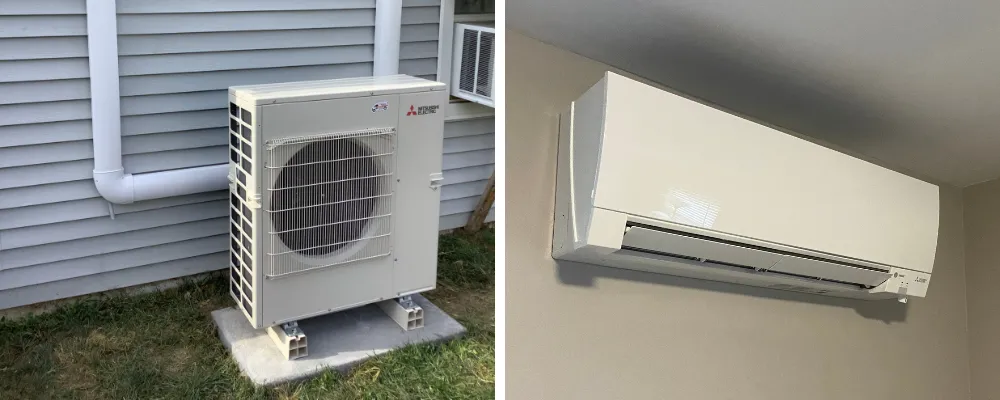
Mitsubishi Multi Zone Systems
The Mitsubishi Multi Zone System provides heating/cooling to multiple rooms/zones in the home. The system is often comprised of one outdoor unit and 2-4 indoor units. These devices are incredibly energy-efficient as they transfer heat rather than generate it. They serve a dual purpose as they can cool your home during the summer and heat it during winter, providing a comprehensive temperature control solution.
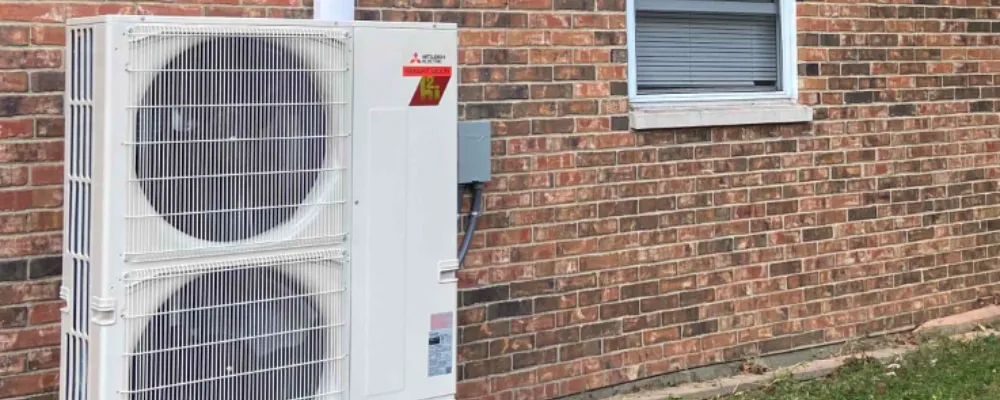
Mitsubishi Hyper Heat Systems
Tthe standard Mitsubishi ductless system provides efficient heating down to 10 degrees Fahrenheit but will start to have problems when the temperature drops much more. The hyper heat models operate at 100% heating capacity at between 0° Fahrenheit and 5° Fahrenheit and and up to approximately 85% heating capacity down to -13° Fahrenheit outdoor temperature. In Ohio, the hyper heat solution yields the best four season comfort and efficiency.
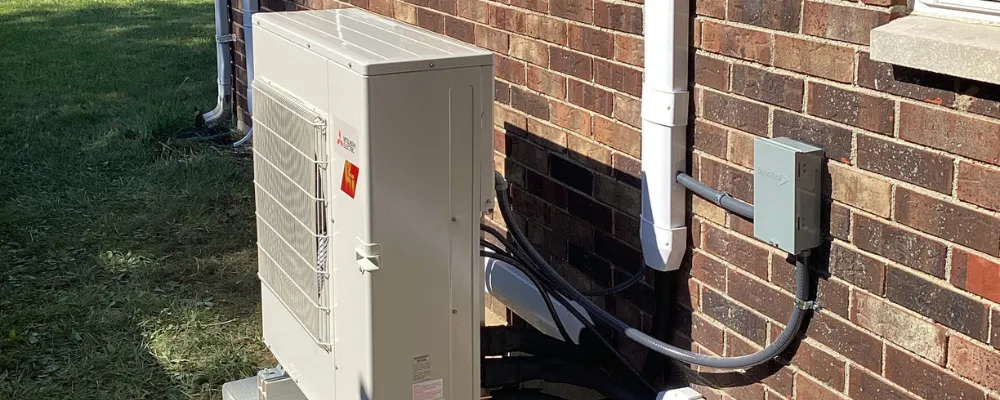
Features to Look for in Any Good Air Conditioner:
Selecting the right air conditioning system can be overwhelming due to the many choices available. To ensure your home remains cool and comfortable during hot months, here are the essential factors you should prioritize when looking for an air conditioner:
Efficiency: One of the primary factors to consider is the air conditioning system’s efficiency. Look for units with a Seasonal Energy Efficiency Ratio (SEER) rating of at least 13-SEER or 14-SEER2, as previously mandated. Higher SEER ratings translate to lower energy consumption, reducing utility bills. Opting for higher SEER ratings, such as close to 20-SEER, can significantly cut down cooling costs [1].

Refrigerant Type: Ensure the air conditioning system uses environmentally friendly refrigerants like R-410A. R-22 refrigerant has been phased out due to its harmful impact on the ozone layer. R-410A and other new refrigerants are more eco-friendly and will save you from expensive service fees once R-22 becomes scarce [1].
Ductwork Design: Unlike the Mitsubishi systems, if your HVAC system does utilize ductwork, properly sized and balanced ductwork is essential for consistent cooling throughout your home. Efficient externally insulated round ducts should be preferred, while long runs of flexible ducts should be avoided due to decreased efficiency.

Location of Indoor and Outdoor Units: The placement of the indoor and outdoor units plays a crucial role in the system’s performance and maintenance. Avoid attic-mounted furnaces to prevent leaks and water damage. Opt for floor-level installations, which are easier to service. Additionally, position the outdoor unit away from areas where noise might disturb occupants and where it can be easily damaged [1].
Coil Type: The type of coil used in the air conditioning system impacts its durability and efficiency. Coils made of a single metal, such as aluminum or copper, tend to last longer and perform better. In mildly corrosive environments, consider specially coated coils to prevent damage from salt spray [1].
Balanced Airflow: Adequate return-air considerations are vital to ensure that conditioned air can efficiently enter and occupy each room. Ideally, rooms should have both entering-air and return-air registers. If not possible, consult your HVAC provider about using transfer grilles or jump ducts to maintain balanced airflow [1].
Advanced Air Filters: Air filters should be easy for homeowners to access and replace. Regular filter replacement is essential for optimal air conditioner performance and indoor air quality. Consider upgrading your filtration methods and opt for an electronic air cleaner.
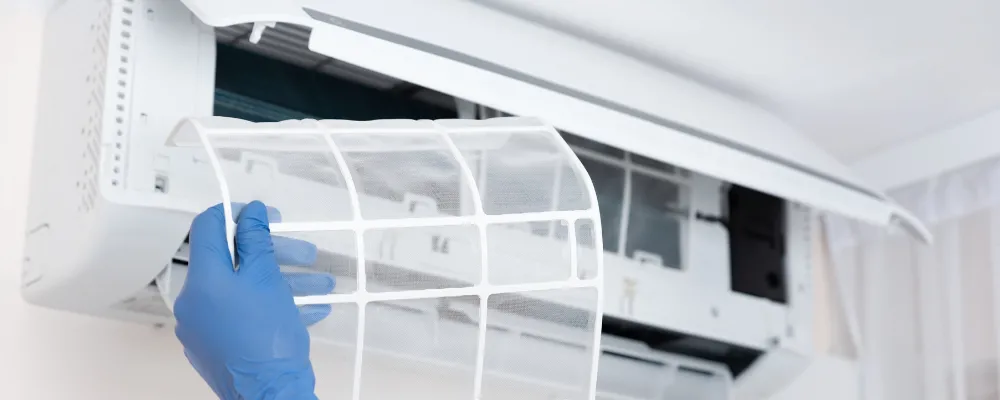
Considering these key features, you can make an informed decision when choosing an air conditioning system for your home. Investing in a high-quality, energy-efficient system with proper installation and maintenance will provide comfort and lead to long-term savings on energy bills and repair costs.
Why Installation is the Most Important Part of the Process:
HVAC installation is just as important as the specific AC unit you choose because HVAC systems play a crucial role in maintaining a comfortable and healthy indoor environment. While selecting the right AC unit based on features like efficiency, refrigerant type, and coil type is essential, the overall performance and effectiveness of the system largely depend on proper installation and maintenance.
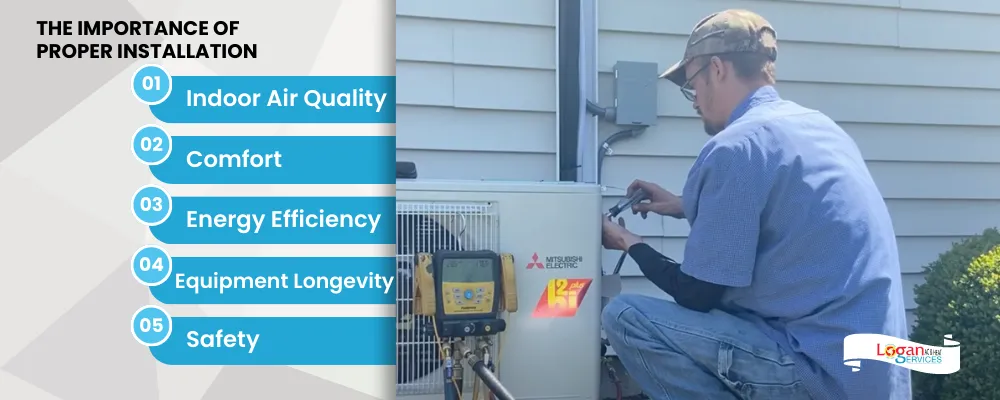
Here’s why HVAC installation is equally, if not more, critical than the AC unit selection:
- Indoor Air Quality: Conventional systems help to remove pollutants and allergens from the air, ensuring improved indoor air quality [1]. A well-installed HVAC system ensures air is efficiently circulated, filtered, and conditioned to prevent bacteria growth. This contributes to healthier living conditions and minimizes respiratory issues.
- Comfort: Proper HVAC installation guarantees the regulated temperature and humidity throughout your home, leading to a comfortable indoor environment. Indoor and outdoor units’ positioning and ductwork design are vital for consistent cooling and heating throughout your living spaces.
- Energy Efficiency: A well-designed HVAC system and professional installation can significantly improve energy efficiency [1]. Properly installed equipment ensured to be operating at manufacturer settings will reduce utility usage and environmental impact.
- Equipment Longevity: Expert installation ensures that the HVAC system operates optimally, reducing wear and tear on individual components. Regular maintenance, which is easier to perform with proper installation, can extend the lifespan of the equipment and prevent costly repairs.

- Safety: Proper installation adheres to safety standards and codes, minimizing the risk of hazards associated with faulty HVAC systems. Professional installation ensures that the system is set up correctly, and all safety features are functioning as intended.
In summary, while choosing the right AC unit is vital, the effectiveness and performance of the entire HVAC system heavily rely on proper installation and regular maintenance. Investing in a high-quality HVAC system and ensuring professional installation allows you to enjoy improved indoor air quality, enhanced comfort, energy efficiency, and extended equipment life.
The Logan Difference:
Logan is a family-owned and operated business prioritizing customer satisfaction and high-quality installations. We are committed to providing our customers with the best possible experience, and we go the extra mile to make sure that our installations are done right.
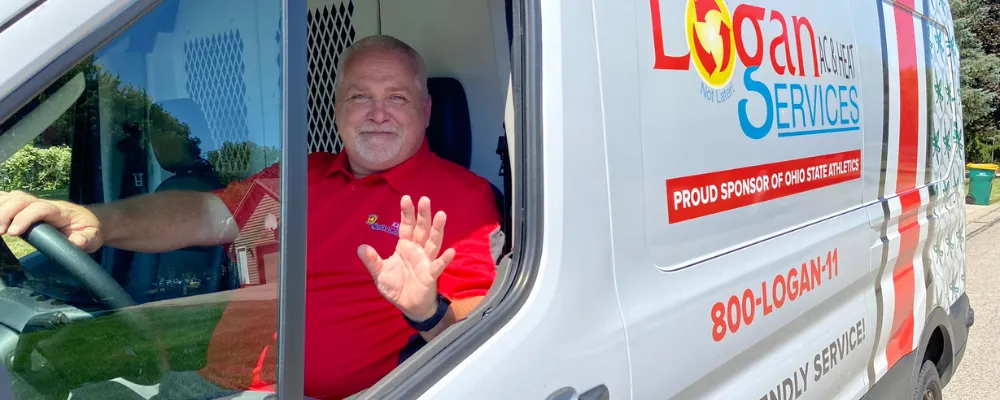
- Our installers are highly trained and experienced. They undergo rigorous training to ensure that they can provide the best possible service. They are also knowledgeable about the products we install, so they can answer any questions you may have.
- We understand the importance of efficient communication. We ensure all the necessary parts before we head out to a job site so there are no delays or frustrations. Our installers also follow a comprehensive checklist to ensure every detail is taken care of.
- Before we leave, our install managers conduct a thorough walkthrough with the customer. We explain how to set up the product and troubleshoot any potential issues. We also help our customers ensure that their warranty information is valid and that they are not burdened with unnecessary costs.

Here are some of the specific ways in which we strive to provide the “Logan Difference”:
- We use only the highest quality materials and products.
- We have a team of experienced and knowledgeable installers.
- We offer a comprehensive warranty on all of our work.
- We are committed to customer satisfaction.
- We are always available to answer your questions and help you with your needs.
If you are looking for a company you can trust to provide you with the best possible installation experience, look no further than Logan. We are here to help you.
FAQs
How long do Mitsubishi AC units last?
On average, like any air conditioner, Mitsubishi AC units can last 10 to 20 years with proper maintenance and care. However, the lifespan of an AC unit can vary depending on factors such as usage, installation quality, climate conditions, and regular maintenance. Regular servicing and cleaning of the unit can help extend its lifespan and ensure optimal performance.
Does Trane own Mitsubishi HVAC?
No, Trane and Mitsubishi Electric entered a 50/50 joint venture in 2018. Mitsubishi Electric and Trane Technologies partnered together to create Mitsubishi Electric Trane HVAC US (METUS). While Mitsubishi Electric is a separate company that manufactures HVAC systems and Trane is a HVAC system brand owned by Ingersoll Rand, both Ingersoll Rand and Mitsubishi Electric Corporation each have equal ownership of Mitsubishi Electric Trane HVAC US.
Why is my Mitsubishi AC not blowing cold air?
There could be several reasons why your Mitsubishi AC is not blowing cold air. Some possible causes include:
- Low refrigerant levels: If the refrigerant levels in your AC system are low, it can result in the system not producing cold air. This could be due to a leak in the system, which would require professional repair.
- Dirty air filters: A clogged or dirty air filter can restrict airflow and reduce the cooling capacity of your AC. Clean or replace the filters regularly to ensure proper airflow and cooling.
- Faulty thermostat: If the thermostat is not functioning correctly, it may not be sending the correct signals to the AC system, resulting in it not producing cold air. Check the thermostat settings and replace it if necessary.
- Compressor issues: If the AC compressor is faulty or not functioning properly, it may not be able to compress the refrigerant properly, leading to a lack of cold airflow. A professional technician will need to inspect and repair or replace the compressor if needed.
- Blocked condenser unit: The condenser unit, located outside, can become obstructed with dirt, debris, or vegetation. This can restrict airflow and prevent the AC from cooling effectively. Clean the condenser unit regularly to ensure proper airflow.
- Electrical problems: Faulty wiring, blown fuses, or tripped circuit breakers can also cause the AC system to stop blowing cold air. Check the electrical connections and replace any damaged components as necessary. If your Mitsubishi AC is not blowing cold air, it is recommended to contact a qualified HVAC technician to diagnose and fix the issue. They have the knowledge and tools to identify the exact problem and provide necessary repairs or maintenance.
Is it better to leave the AC unit in on or auto?
It is generally more energy-efficient to set your AC unit to “auto” rather than “on.” When set to “auto,” the unit will only run when it needs to cool the space to reach the desired temperature. This means the AC compressor and fan will cycle on and off as needed, resulting in reduced energy consumption. In contrast, leaving the unit in the “on” position will keep the fan running constantly, even when the temperature has already been reached. While this may provide more consistent airflow, it can lead to slightly higher electricity bills and potential overcooling. Ultimately, it all comes down to a personal preference.

